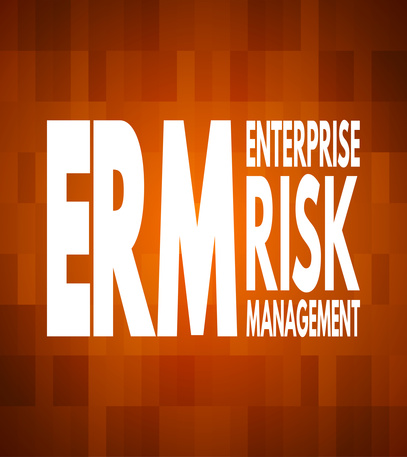Enterprise Risk Management
LEARNING OUTCOMES:
- Understand the concept of risk and how it relates to an organization's objectives.
- Identify the different types of risks that an organization may face, including strategic, operational, financial, and compliance risks.
- Develop a risk management strategy that is aligned with the organization's objectives and risk appetite.
- Identify potential risks and evaluate their likelihood and impact.
- Implement controls and procedures to mitigate or eliminate identified risks.
- Understand the importance of ongoing monitoring and review of risks and risk management strategies.
- Collaborate with all levels of the organization to ensure buy-in and support for the risk management process.
- Understand the role of risk management in decision-making and how it can help an organization achieve its objectives.
- Use risk management tools and techniques to analyze and communicate risks to relevant stakeholders.
COURSE OVERVIEW & CONTENT:
Enterprise risk management (ERM) is the process of identifying, assessing, and prioritizing risks that could potentially impact an organization. It is a proactive approach to managing risk that allows organizations to make informed decisions about how to mitigate or eliminate risks that could have a negative impact on the organization.
ERM involves the entire organization and is not just limited to financial risks. It encompasses all types of risks, including strategic, operational, financial, and compliance risks. The goal of ERM is to help an organization achieve its objectives by identifying and managing potential risks before they occur.
There are several key components of ERM. The first is risk identification, which involves identifying all potential risks that could impact the organization. This may include external risks such as changes in market conditions or competitive landscape, as well as internal risks such as operational inefficiencies or employee turnover.
The next step is risk assessment, which involves evaluating the likelihood and potential impact of identified risks. This helps organizations prioritize which risks to address first and determine the appropriate level of resources to allocate towards risk management.
Once risks have been identified and assessed, organizations can implement risk management strategies to mitigate or eliminate the risks. These strategies may include implementing controls or procedures to prevent risks from occurring, transferring the risk to another party through insurance or a contract, or accepting the risk if the potential impact is deemed acceptable.
Effective ERM requires ongoing monitoring and review to ensure that risks are being effectively managed and to identify any new risks that may arise. It is a continuous process that requires collaboration and buy-in from all levels of the organization. By implementing an ERM program, organizations can make more informed decisions, increase resiliency, and protect against potential losses.
Introduction to Enterprise Risk Management
- Definition of enterprise risk management (ERM)
- The importance of ERM in organizations
- The benefits of an effective ERM program
Understanding Risk
- Types of risk (e.g. financial, operational, strategic, reputational)
- Risk assessment techniques
- Identifying and prioritizing risks
Developing a Risk Management Plan
- Setting risk management goals and objectives
- Identifying risk management strategies and controls
- Implementing and monitoring the risk management plan
Risk Culture and Governance
- The role of leadership in promoting a risk-aware culture
- The importance of risk governance in supporting an effective ERM program
- Developing risk management policies and procedures
Case Studies and Group Exercises
- Opportunity for participants to apply the concepts learned in the course through the analysis of real-world cases and interactive group exercises
Conclusion and Next Steps
- Recap of key takeaways from the course
- Identifying opportunities for implementing ERM in the workplace
- Next steps for continuing development as a risk management professional
Testimonials
Special Offers
SPECIAL OFFER: Book today for Customer Care for Customers With Special Needs Programme and save 30% for in-house programme.
click hereSPECIAL OFFER: Book two places and get the third booking on the same course free of charge.

